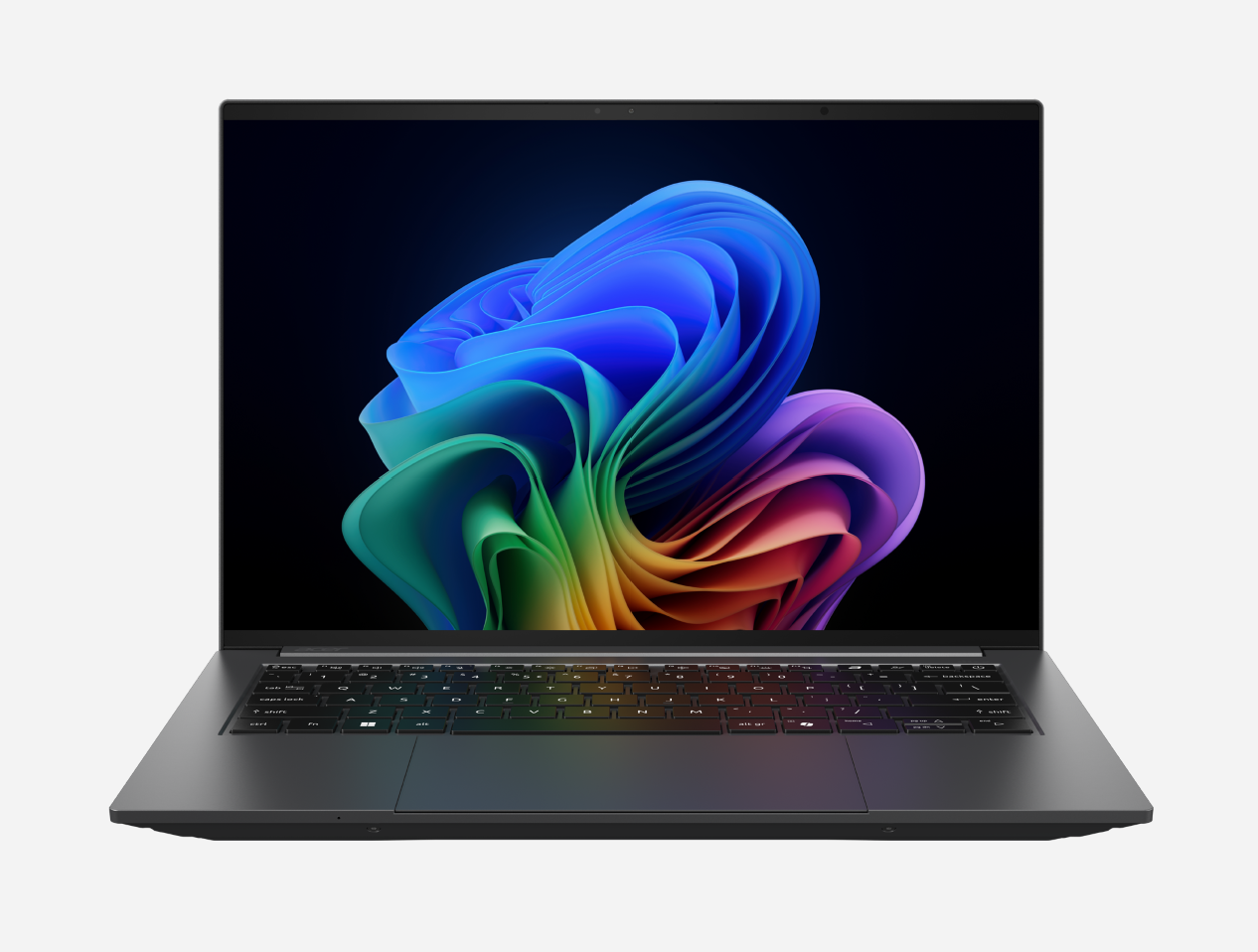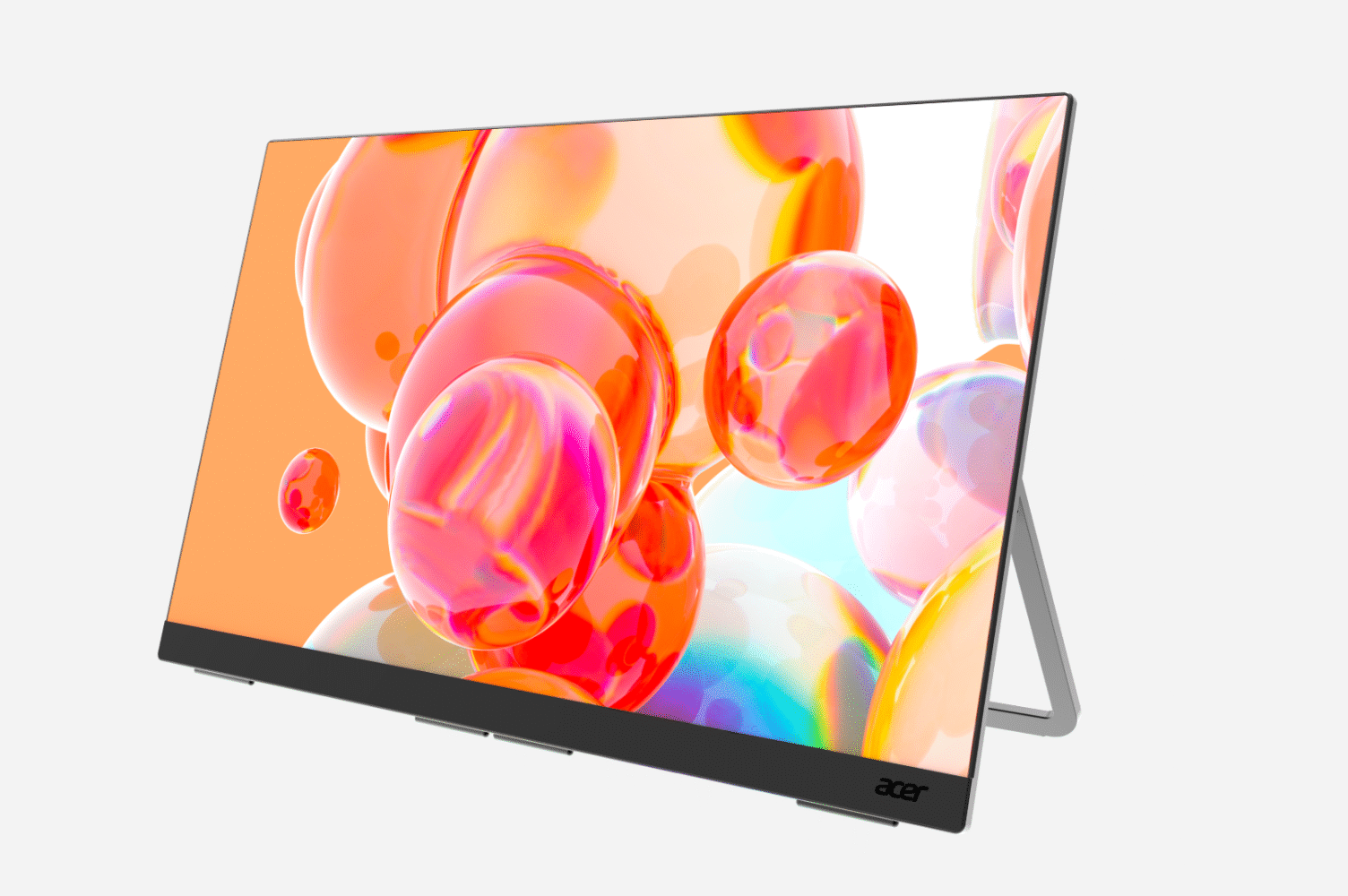In the ongoing arms race of creator laptops, Acer’s latest move is a calculated step toward high-efficiency, AI-assisted portability. The newly launched Swift X 14 and Swift X 14 AI models are tailored for a segment that increasingly demands power without sacrificing portability, and visual accuracy without spending hours recalibrating displays. While they wear the same thin-and-light badge as many consumer ultrabooks, under the hood these are workhorses—built to tackle AI-enhanced creative workloads with GPU muscle and a calibrated display stack to back it up.
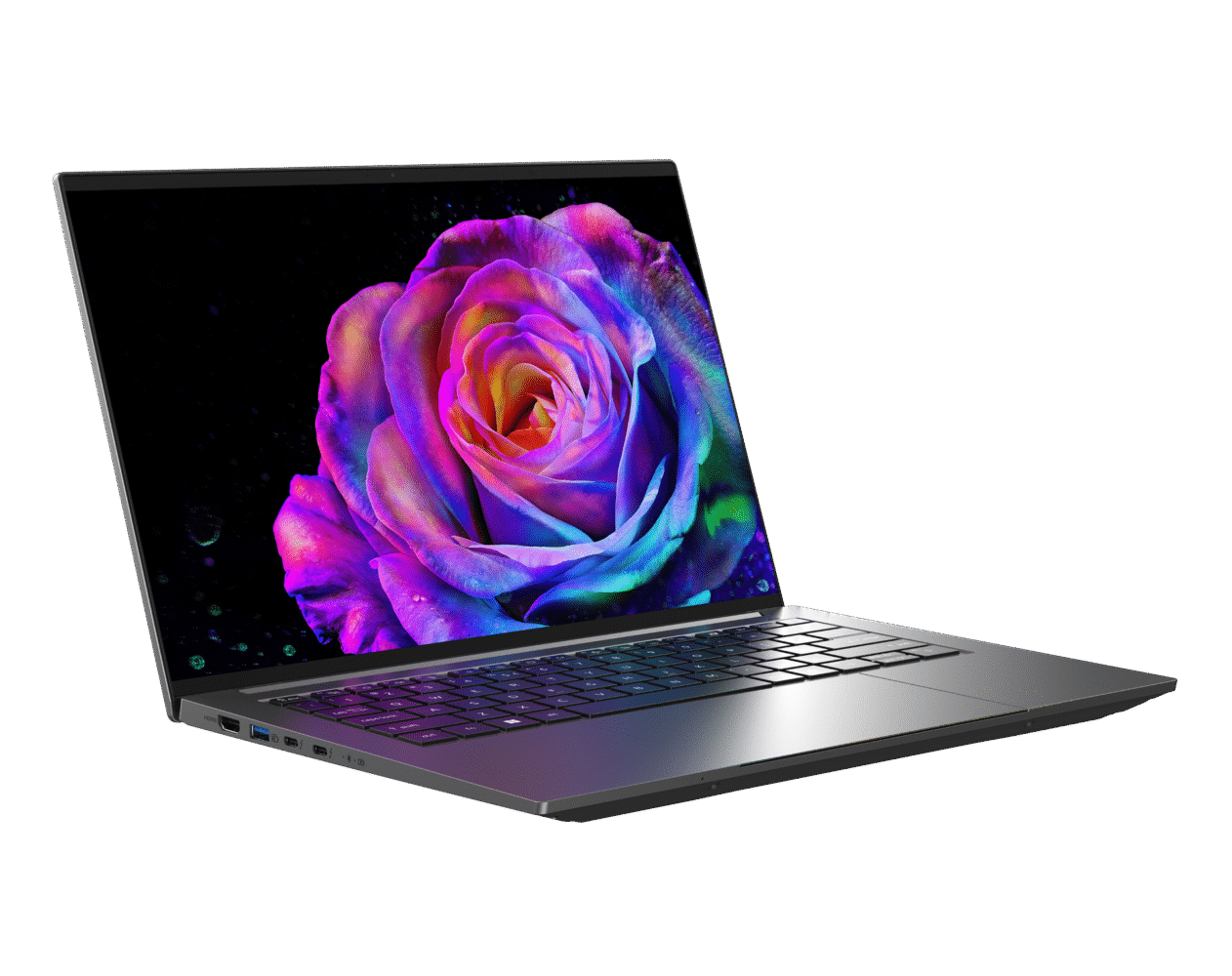
At the core of both models is NVIDIA’s GeForce RTX 5070 Laptop GPU, based on the Blackwell architecture. While the “70-class” GPU might not scream flagship, it’s a strategic choice. It brings NVIDIA’s latest features—DLSS 4, Studio Drivers, and NIM microservices—into a thermal envelope that won’t melt your lap or exhaust your battery in an hour. For users in creative fields juggling tasks like video rendering, 3D modeling, or streaming pipelines with real-time effects, this GPU tier is the sweet spot between wattage and performance. And yes, these systems are Studio-validated, meaning out-of-the-box support for AI-enhanced creative workflows is more than just a marketing checkbox.
The Swift X 14 AI (SFX14-61G) is the more experimental of the two. It ships with AMD’s Ryzen AI 300 Series chips, including the Ryzen AI 9 365, built on the new Zen 5 architecture. This makes it a Copilot+ PC, Microsoft’s new classification for machines optimized for Windows’ suite of AI features like Recall, Cocreator, and Live Captions. If you’ve been wondering what on-device generative AI looks like outside the cloud, this is a good place to start.
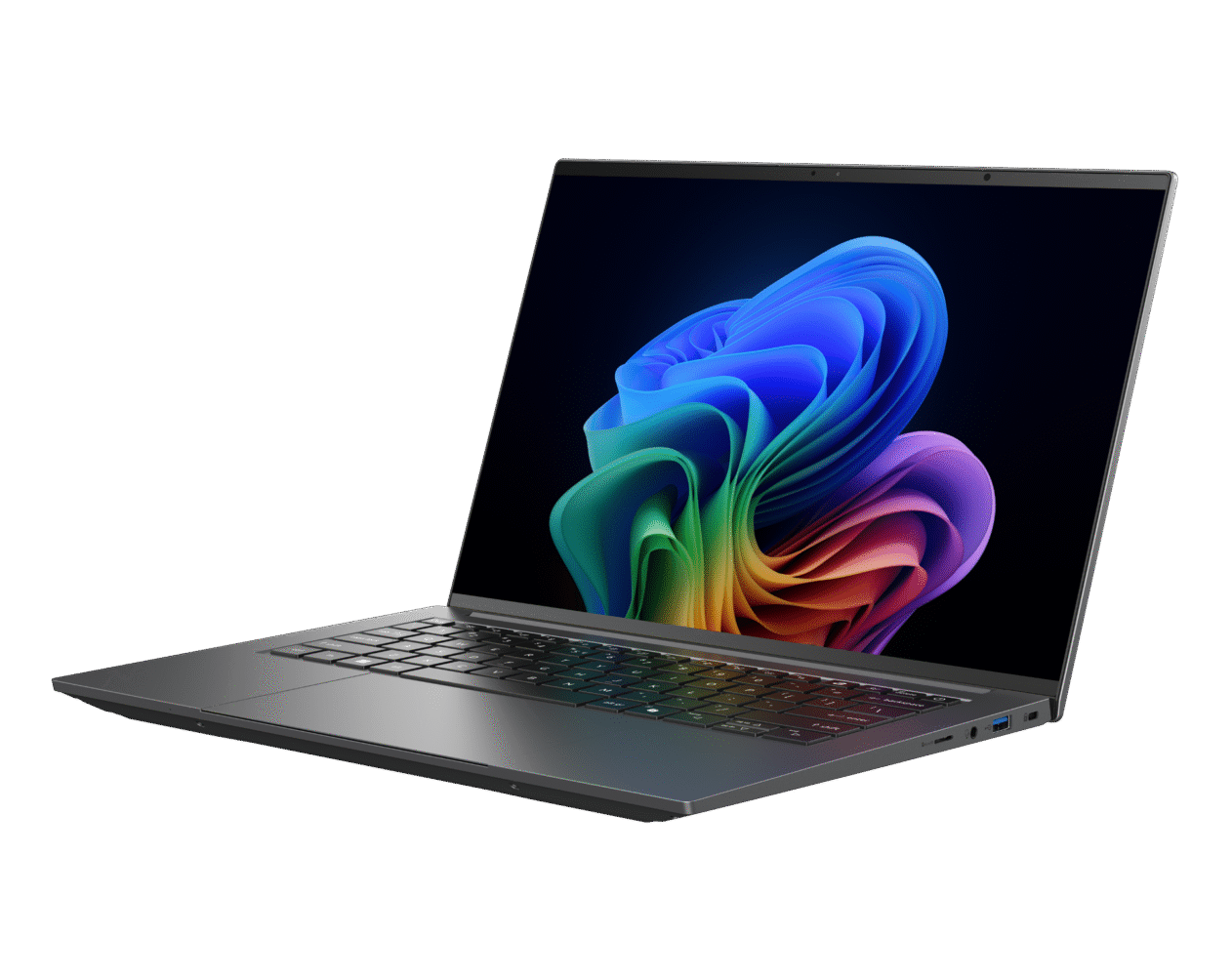
Its sibling, the Swift X 14 (SFX14-73G), leans into Intel’s Core Ultra 9 (285H) CPU, also part of the new wave of AI-enhanced silicon. This variant supports the Intel AI Assistant Builder, a toolkit designed to give developers templates for training or deploying lightweight AI models. It’s less about flashy front-end features and more about under-the-hood performance for those building the tools, not just using them.
Both models share key specs where it matters: up to 32 GB LPDDR5X RAM, 2 TB PCIe Gen 4 SSD storage, and a 14.5-inch 3K OLED touchscreen that hits all the right display benchmarks. Calman-verified, VESA DisplayHDR TrueBlack 500-certified, and built with DCI-P3 color coverage, these panels aren’t just spec-sheet bait—they’re tuned for the type of color-critical work photographers and video editors rely on. And with Corning Gorilla Glass on top, smudges and scratches are at least somewhat mitigated in real-world conditions.
User interaction is where things get interesting. Acer’s brought in extra-large haptic touchpads for more precision (a subtle nod to Apple’s force touch trackpads), and added support for MPP 2.5 styluses, including tilt functionality. These laptops can lie completely flat for collaborative work or tablet-style editing—a feature that sounds trivial until you need it and don’t have it.

On the thermal side, Acer has implemented a fairly aggressive cooling system for a chassis this size: dual copper heat pipes, TwinAir stereo ring fans, and a keyboard-level air inlet to draw in fresh air where most laptops trap heat. It’s a practical choice to keep high-performance silicon running at sustained speeds without throttling after five minutes of GPU load.
The webcam stack includes a 1080p IR camera with Windows Hello support and Acer User Sensing, which lets the system auto-lock when you step away. This adds a layer of biometric convenience and passive security. Audio input is managed by a triple mic array with PurifiedVoice 2.0, optimized to suppress background noise—a must-have in today’s remote-heavy workflows.
Connectivity checks the right boxes: Wi-Fi 6E, a full range of I/O including USB-C, HDMI, and legacy ports, plus support for external GPUs via Thunderbolt 4 on the Intel variant (though not confirmed for the AMD model).
Acer also gives a nod to sustainability here, with both laptops featuring post-consumer recycled materials, 100% recycled packaging, and EPEAT Gold certification. While these are becoming common talking points, the consistency matters—especially when hardware refreshes are frequent and e-waste is an ongoing issue.
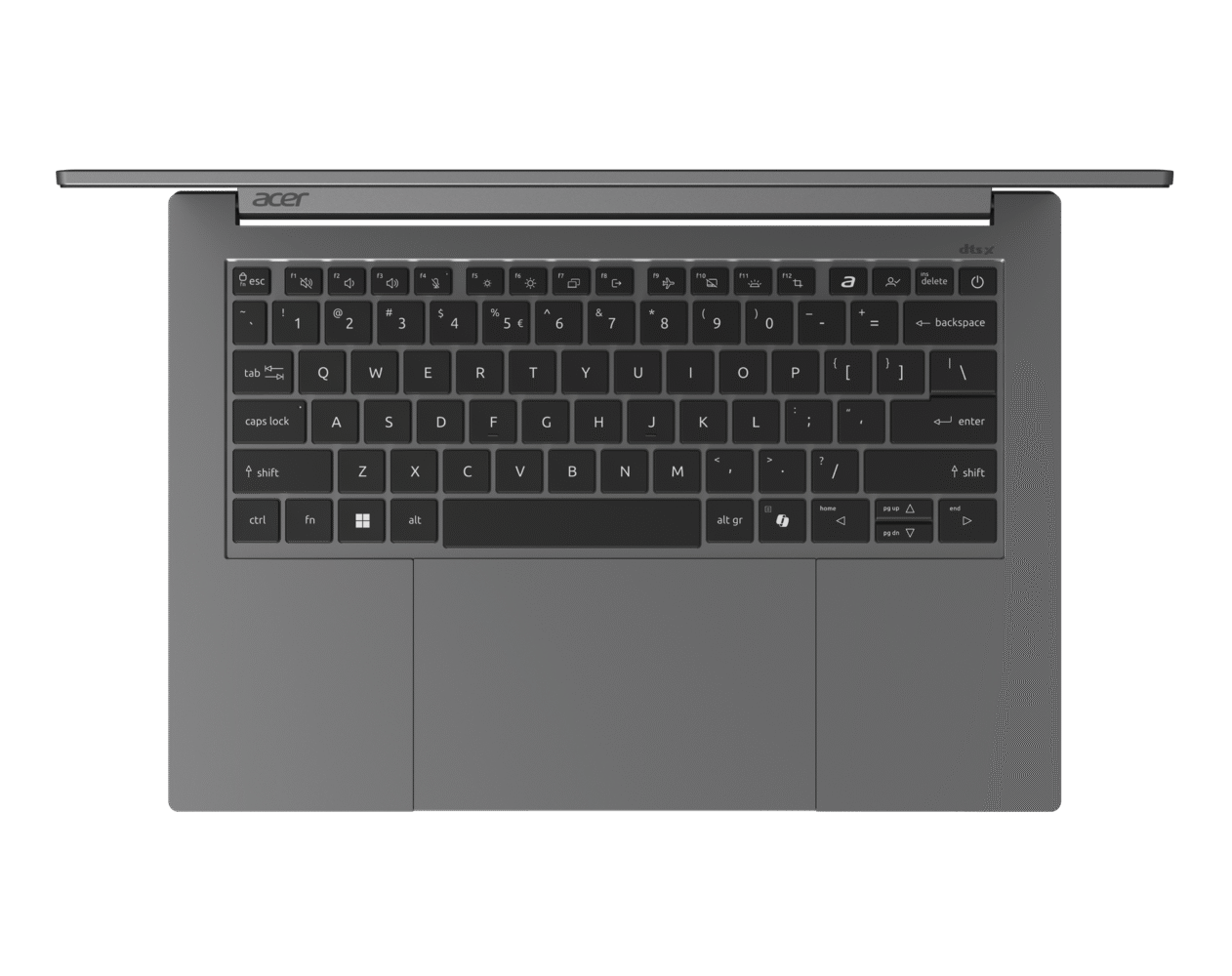
With pricing for both models starting at $1,799 USD in EMEA this July, these machines are clearly targeting creators and professionals who need real performance without moving to desktop-class systems. For users sitting between hobbyist and studio-grade workflows—people who want something color-accurate, GPU-ready, AI-capable, and portable enough to carry—it’s a compelling offer.
What Acer’s delivering here is less about revolution and more about refinement. The Swift X 14 AI and Swift X 14 are iterations built for a specific audience: creators who want more than flashy marketing and need hardware that won’t bottleneck their workflows. Whether you’re rendering in Blender, cutting timelines in DaVinci Resolve, or exploring local AI inference for next-gen projects, these machines offer a capable, portable platform without dipping into workstation territory.

